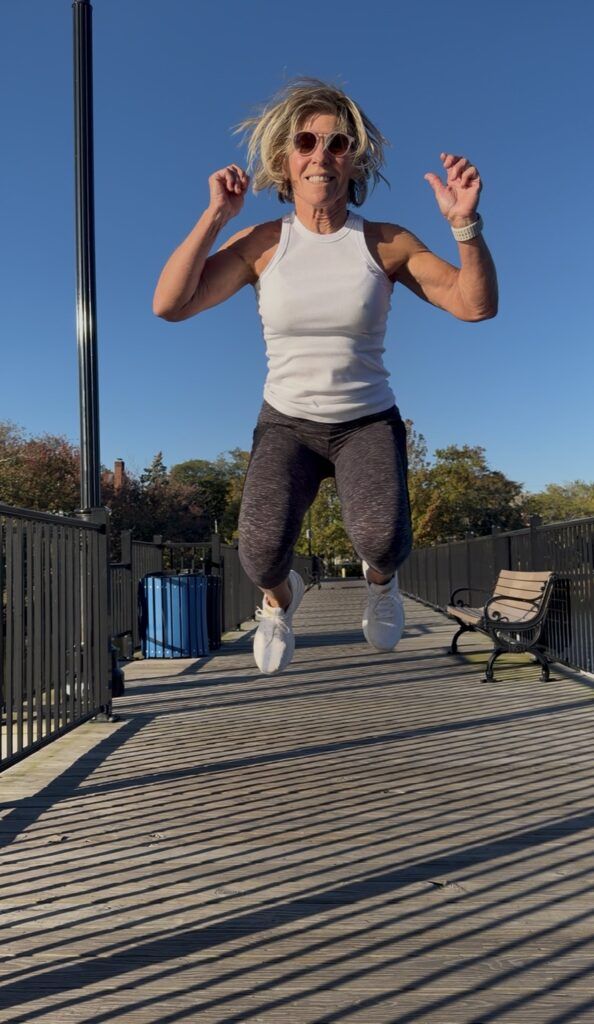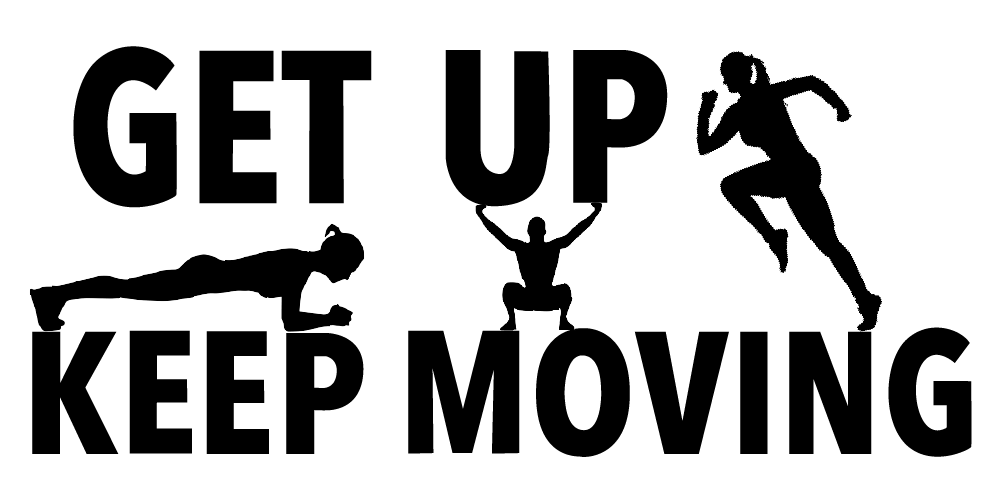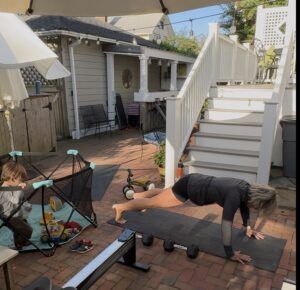Hello friends~
When I was a newly certified coach I used to include a question in every client assessment: What are your goals?
Back then I thought that it was just logical to have a goal, an endpoint. But after years of coaching, I’ve learned that unless someone wants to train for an event or improve a skill, like rowing technique or deadlifting power, I don’t want to pressure anyone into naming a goal just to have one.
We’re here for the experience. And training can and should last a lifetime.
There’s value in having SMART goals: Specific, Measurable, Achievable, Relevant, and Time-bound. But in training (and in life), it’s not always about the goal or the result. We’re never a finished product. The process matters far more – the consistency, the intention, and how it all carries over into the rest of life.
Is it time to ditch the strict data logs? Step away from the scale? Focus on the doing – and how it makes you feel, while you’re doing it, and afterward.

The Myth of the Outcome
This applies to strength and mobility training, but also to relationships, work, and just about everything else.
My guy used to say, “It’s all about the outcome.” The destination was what mattered most. Over 20 years together, he’s started to change his tune. He’s heard me say more times than I can count, “It’s about the journey.” Especially when we’re driving somewhere and he’s gripping the steering wheel like it’s a competition.
If we’re only looking toward the destination, we miss the learning, the joy, and the doing.
Hitting a target can feel great – it’s proof we completed the task. But then what? After the race, the PR, or the perfect photo what’s next? And if it takes too long to get there, or things don’t go as planned, do we quit?
If you’re training for a specific event, remember this: once the medals, photos, and endorphins fade, the real work begins again. Lifelong performance is about recovering well, staying consistent, and continuing to build a strong base so you’re ready when the next goal calls.
A Little Public Service Announcement
Overtraining is real. It can sneak up as burnout, dread, irritability, elevated resting heart rate, poor sleep, and anxiety.
If every session feels hard, if you’re constantly chasing numbers or pushing for new personal bests, it might be time to pull back. Even if you love your daily HIIT classes, training 5–7 days a week at high intensity can lead to muscle loss, decreased performance, and injury.
Professional athletes spend 60–75% of their training time in Zone 2—that’s easy-to-moderate effort. They save the all-out intensity for 20% or less. That’s how they build endurance, improve recovery, and protect longevity.
The Bottom Line
Training shouldn’t always feel like a test. Use RPE: Rate of Perceived Exertion to tune in to how hard you’re really working. A mix of RPE, heart rate, and pace gives a clearer picture of your progress than numbers alone.
And what if you don’t love training, or maybe you hate cardio or strength training? If you have a goal of finally enjoying training and it’s just not happening, the enjoyment factor could be a goal you can give up. You don’t have to enjoy everything to keep doing it. Do it just because.
To paraphrase Seth Godin, discomfort isn’t a barrier to avoid, it’s a signal that you’re heading in the right direction. “There’s enormous leverage,” he says, “in making the uncomfortable urgent enough to take action on.”
My Takeaway
You don’t have to chase perfection, or even a specific result. The act of showing up consistently, imperfectly, intentionally is the point. Strength is built in the process, not just the outcome.
That’s true in the gym, on the road, and in life itself.
Onward~
x
Polli




